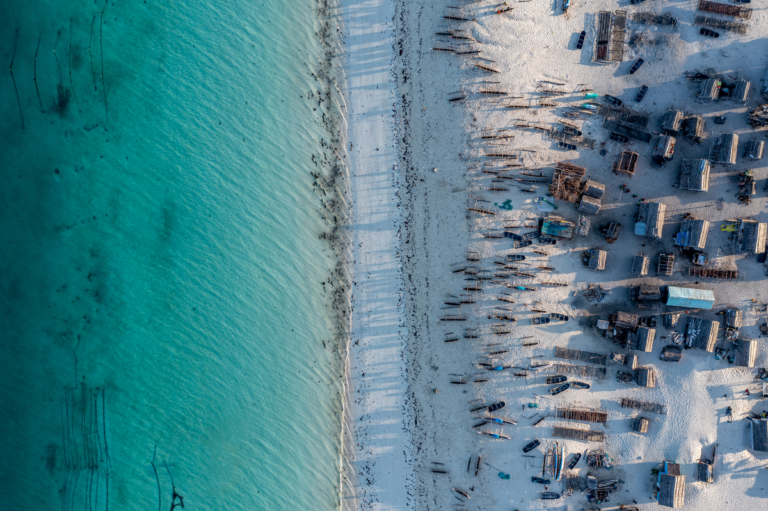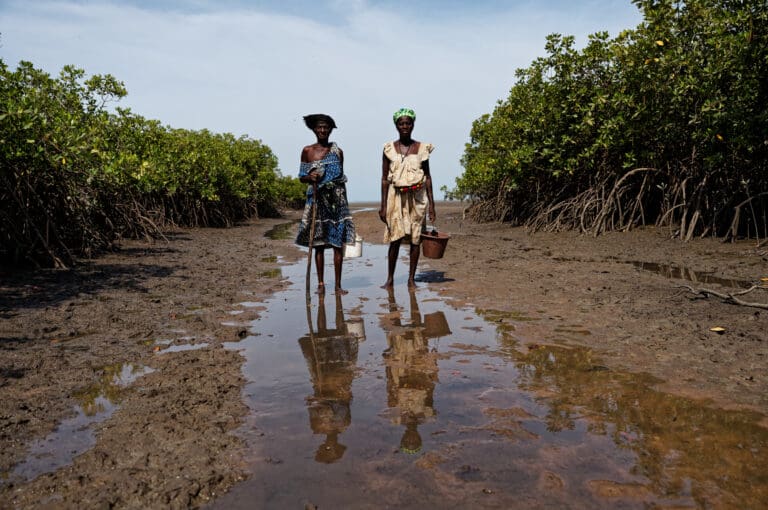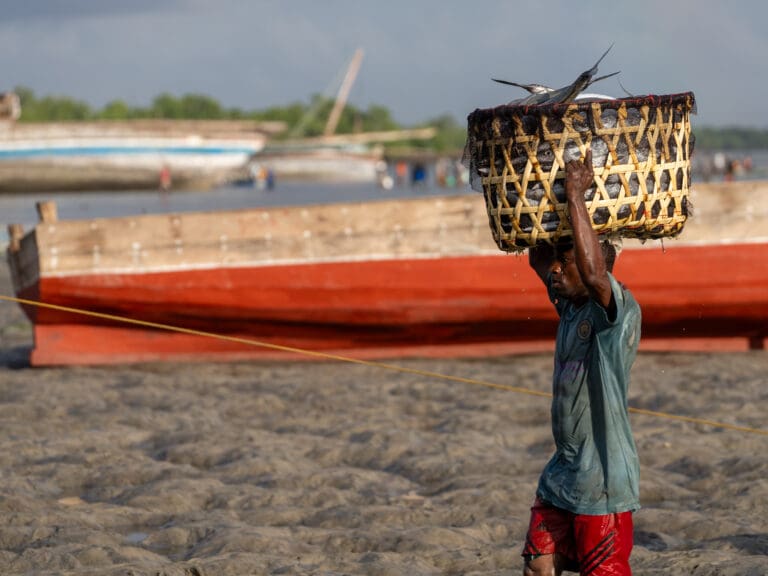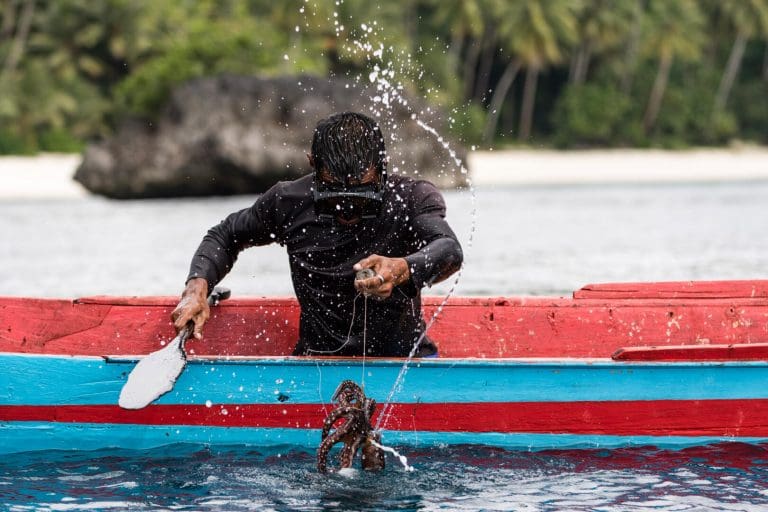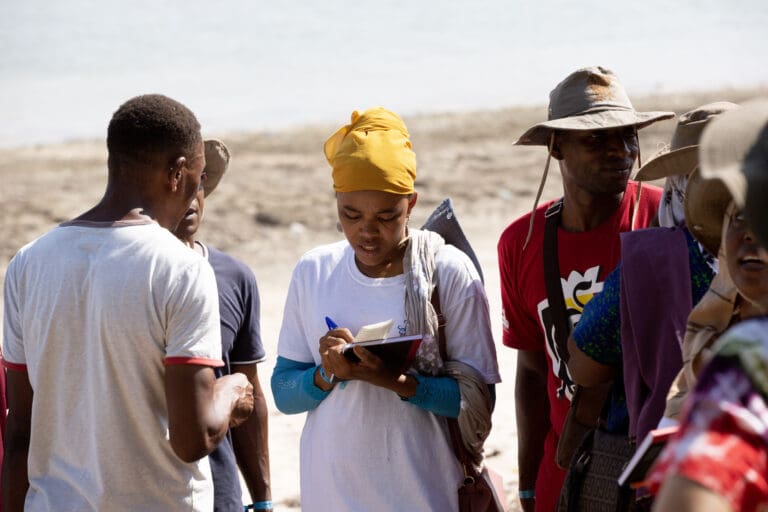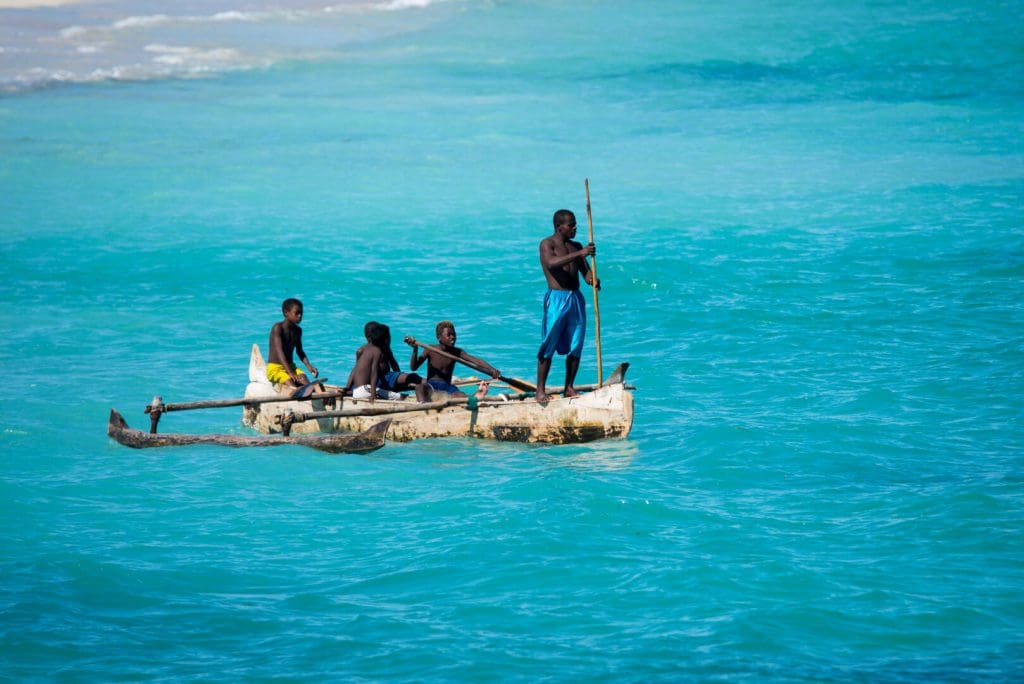“The state of the planet is in crisis,” Elizabeth Maruma Mrema, Executive Secretary of the Convention on Biological Diversity, said in a press conference in December. “This is our last chance to act.”
This month, governments from 196 states responded to this challenge, reaching global consensus for unprecedented action to protect nature. The city of Montreal hosted the single most important conversation about nature conservation for a generation − the UN’s Convention on Biological Diversity COP15 meeting. Over two-weeks of intense negotiations, states finalised the ‘Post-2020 Biodiversity Framework’, a new global plan to restore and protect nature.
We have long campaigned for governments to recognise the centrality of community conservation to these global targets. “Decades of conservation practice have shown that social justice is key to conservation success,” said Blue Ventures’ Annie Tourette in Montreal. “Governments must adopt targets that work with − rather than against − those who depend on nature the most.” Gathering representatives of coastal communities from five continents in Montreal, we heard from small-scale fishers about the critical role they play as frontline defenders of the ocean.
The warnings from scientists are clear: wildlife populations have plunged by an average of 69% between 1970 and 2018, and over one million species of plants and animals are currently threatened with extinction unless we can reverse this alarming trend.
The headline commitment in the framework is to conserve at least 30% of our planet’s land and sea by 2030, a goal often referred to as ‘30 by 30’. But recent history suggests that conservation will fail unless it emphasises the primacy of human rights and recognises the centrality of Indigenous peoples and local communities.
We join the International Indigenous Forum on Biodiversity (IIFB) in welcoming the explicit recognition in the Montreal deal of the role and rights of Indigenous people and local communities to these new conservation goals. “As an organisation that works with communities to protect our seas, we see every day the urgent need for coastal fishers to be granted the rights to manage and restore our oceans,” said Tourette. “Scaling up conservation to meet the new 30 by 30 target means redoubling efforts to support those communities most reliant on nature; people who often live on the frontlines of the biodiversity crisis. But the ambition of Montreal must be met with equally bold financial commitments by governments and civil society to help communities to protect nature.”
Despite the consensus in Montreal, the devastating and accelerating loss of biodiversity cannot be tackled by protected areas alone, and a fundamental paradigm shift is needed in our collective ambition for nature.
Along with the signatories of the Call to Action from small-scale fishers, we urge coastal states to go beyond 30%, and to support a 100% sustainable management approach, addressing the underlying drivers of biodiversity loss in our seas. This will necessitate a shift of priorities and of power in decision making around our blue planet, and an ambition for nature that goes far beyond protected areas. It will mean legislating to protect the interests of the biggest group of ocean users − small-scale fishers − to ensure industrial and destructive fishing does not undermine sustainable artisanal and small-scale fisheries. And it will mean ensuring that the rights of small-scale fishers and coastal communities are front and centre in decision making in the ocean economy.
These actions will go a long way towards ensuring that biodiversity protection is more than just an aspiration. We urge world leaders to adopt and implement them without delay.
As delegates return home to start the long journey towards implementing the Montreal targets on land and sea, we will continue to work with coastal states to ensure that these efforts are built on a foundation of environmental justice. We don’t have a moment to lose.
For more information please contact: Annie Tourette, Head of Advocacy
Read more: Living with 30×30

